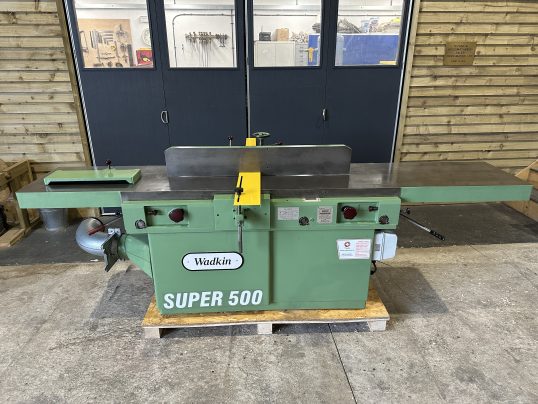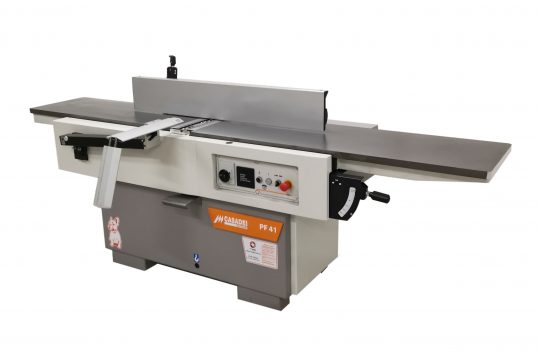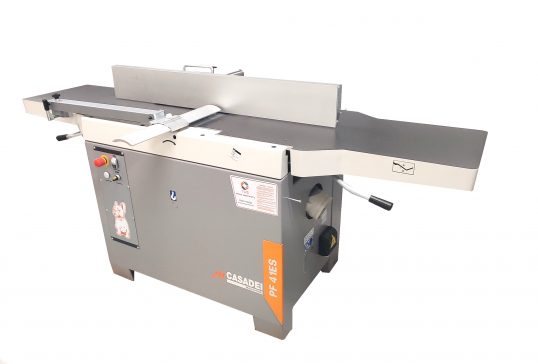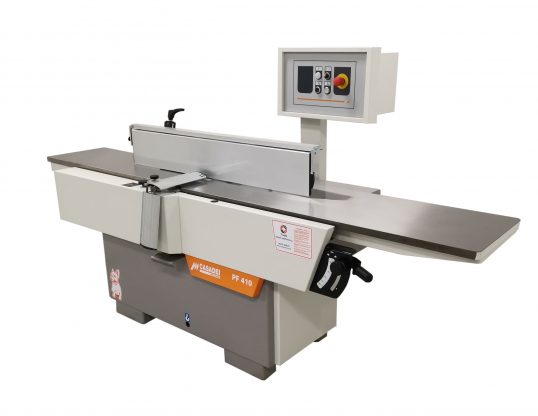Our surface planer machine stock is always changing as we sell them and get new ones in so what you see here is a fraction of what we are able to source. If you don’t see the new or used surface planer you want then we want to hear from you. We’re an independent woodworking machine dealer so we can advise you on the best machine for you not what our suppliers want us to sell! Call us now on 01278455622 or email info@twswood.co.uk.
Surface Planers – Essential Tools for Precision Woodworking
Surface planers are a crucial piece of equipment for any woodworking enthusiast or professional looking to achieve smooth, even surfaces on wood. Designed to trim boards to consistent thickness while creating perfectly flat surfaces, these tools are essential for producing high-quality finishes and dimensionally accurate materials. Whether you’re working on furniture, cabinetry, or framing, surface planers ensure every piece of wood is level and even.
What is a Surface Planer?
A surface planer, sometimes referred to as a thickness planer, is a woodworking tool used to smooth and reduce the thickness of rough or uneven timber. By feeding the wood through the machine, it removes small amounts from the surface, ensuring the wood’s top and bottom are parallel and smooth. It’s an essential tool when you need to achieve consistent thickness across multiple boards.
Why You Need a Surface Planer
If you are involved in any woodworking project requiring precision and uniformity, a surface planer is indispensable. It’s perfect for tasks such as:
- Flattening rough-cut boards: The planer helps in preparing raw lumber for fine woodworking projects.
- Achieving uniform thickness: Ensure all pieces match the exact dimensions for seamless joinery and smooth assembly.
- Improving surface smoothness: Great for prepping wood before sanding or finishing.
What Types of Wood are Ideal for Surface Planers?
Surface planers are versatile and can handle a wide range of wood types, from hardwoods like oak and maple to softwoods like pine. Whether you’re working on large planks or smaller pieces of wood, this tool helps ensure the wood’s surface is smooth and ready for further cutting or assembly.
How to Choose the Right Surface Planer
When looking for a surface planer, consider the following:
- Width capacity: Depending on the size of the timber you work with, choose a model that can accommodate wider boards.
- Depth of cut: Some planers allow deeper cuts per pass, which can be more efficient for thicker pieces of wood.
- Feed rate: A good feed rate ensures smoother results without overworking the machine.
Surface planers are an essential tool for anyone involved in woodworking, offering precision, efficiency, and improved results in creating flat and evenly thick boards. Whether you’re a professional or a hobbyist, investing in a quality surface planer can elevate the quality of your projects and save you time on sanding and preparation.




